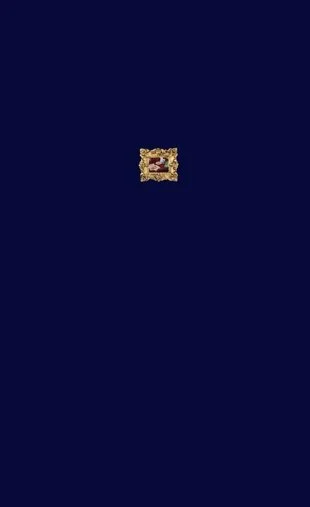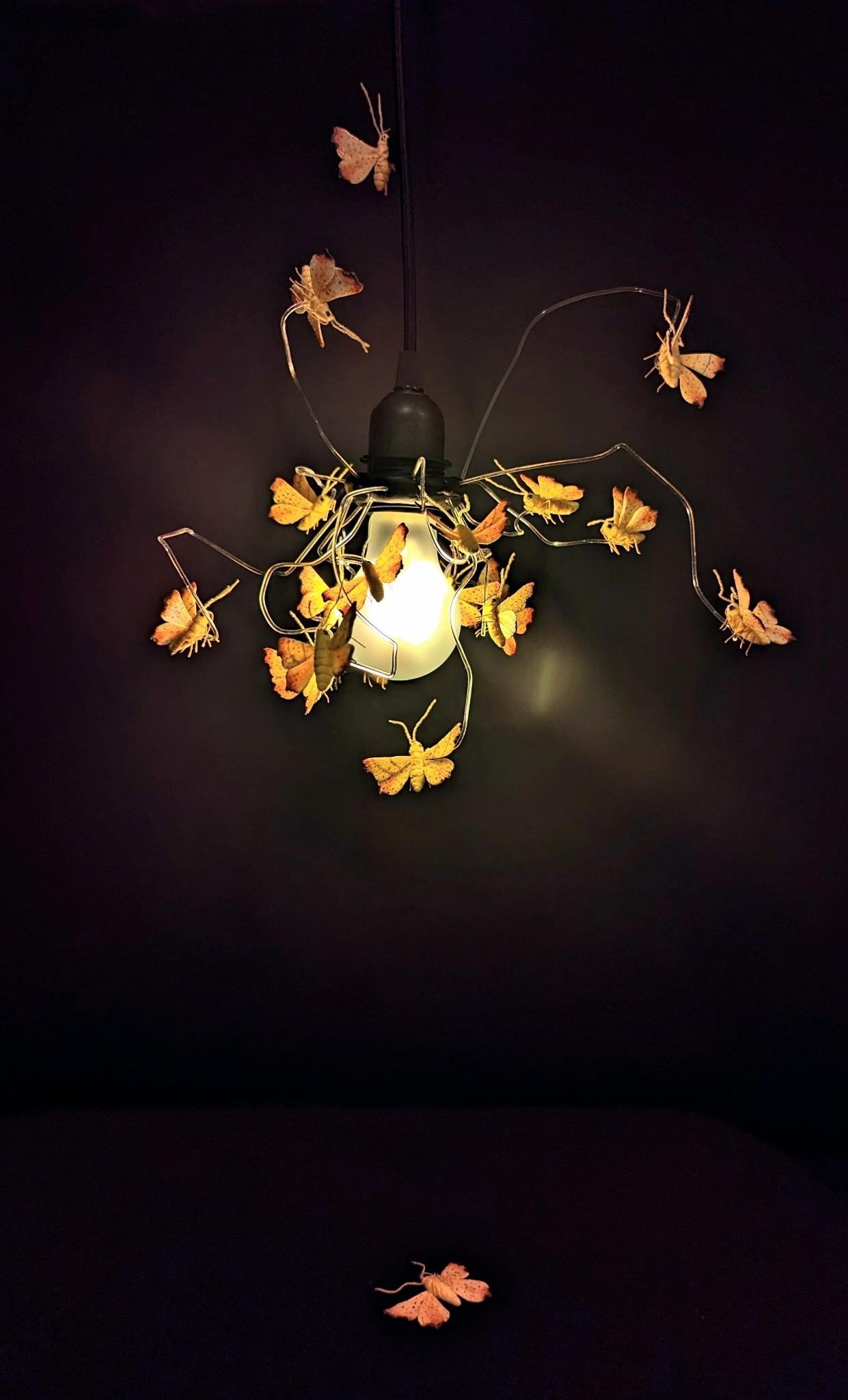“Memento Vivere” Exhibition Proposal
Artist statement
As a disabled queer woman, I am drawn to things that are cast off or othered, to beauty that is ignored or needs to be unearthed. I grappled with shame, guilt, and fear for a long time before I understood how these positionalities inform my life and work, and accepted that presenting these small beauties is its own radical act. I want to invite people to push past their discomfort and look closer.
Often when something has “gone bad,” it gives rise to something new, but it can be hard to appreciate new growth in the shadow of disappointment. I like the idea of spending hours meticulously crafting something that most people think of as ruined, like a slice of moldy bread or a bouquet crawling with insects. “Memento Vivere” (or, “remember there will be life”) is an inverse memento mori: instead of a reminder that in life there is always death, it is a reminder that in death there is life. The works are made with a self-imposed rule that every element must be created: every rock, popsicle stick, and bean sprout is painstakingly sculpted and detailed by hand. This mandate has pushed me to learn new ways of looking at familiar objects, and helped me notice small and often overlooked beauty in the world around me.
This body of work reflects my own journey to reframe my life as a disabled person. I spent a decade only seeing the ways my life hadn’t turned out how I had expected, and seeing those discrepancies as failures. It has only been by widening my lens that I have learned to appreciate the life I do have, and recognize the value in my perspective. I am finally allowing myself to be happy. I hope this work can help encourage others to take a moment to observe, reexamine, and perhaps find some hidden beauty for themselves.
Description of Exhibition
“Memento Vivere” (or, “remember there will be life”) is an inverse memento mori in the form of a 3-dimensional tablescape in the round, visually referencing Dutch Master paintings. The central tableau incorporates over a dozen carefully sculpted individual works, each with their own impact as well as contribution to the whole. Most of the pieces are arranged on a fabric-draped table approximately 3 feet in diameter, with one piece occupying space on the floor nearby and underneath. A hanging work incorporating light is suspended over the table, contributing to the overall chiaroscuro. The walls are painted a dark blue to enhance this effect. Visitors should be able to comfortably navigate around the central scene and approach it closely to intimately examine details.
Between the table and the gallery walls is an outer viewing radius made up of multiple self-supporting vertical panels, each with a small rectangular cut out framed in an ornate miniature frame. These viewing ports will offer highly cropped experiences of the central installation, similar to the crop of a traditional still life. These restricted glimpses may serve to heighten the experience of individual details, or draw attention to how much context is missed by a narrowed perspective, exploring restrained viewpoints both aesthetically and conceptually.
Included Works
Microorganized I 4.4x4x0.5 inches; Clay, acrylic paint, flocking, cotton; 2020
Microorganized II, 3.5x4x0.5 inches; Clay, acrylic paint, flocking, cotton, chalk pastel pigment; 2021
Kitchen Garden 3x5x2.5 inches; Clay, wire, foil, chalk pastel pigment; 2021
Sweet on You 1x5x3 inches; Clay, chalk pastel pigment, acrylic paint, wire, cellophane, resin; 2021
The Long and Winding Road Dimensions variable (snail 1x2x0.75 inches); Clay, acrylic paint; 2021
The Thing with Feathers Dimensions variable (pigeon 4x10x4 inches); Clay, acrylic paint, wire, foil armature, sealant; 2021
Everything (and More) 1.5x3x4 inches; Clay, paint, wire, pigment, recycled cellophane, fibers; 2023
One Man’s Trash 8.5x24x14 inches; Clay, wire, wool, paint, glass beads, thread, foil, pastel pigment, ink, gloss glaze; 2023
Blinded By the Light Dimensions variable (moth radius 12x12x14 inches); Clay, wire, paint, flocking, glass beads, acrylic rods, lightbulb & fixture; 2023
Hospitality in the Time of COVID Dimensions variable; Clay, paint, resin; 2021
Eat Your Greens 2x7x6 inches; Clay, acrylic paint; 2021
Joyous Infestation 14x7x7 inches; Clay, paint, wire, flocking; 2023
The Fates 5x4x3 inches; Clay, wire, paint, pastel pigment, thread; 2023
Curiosities Collection #1 Clay, wire, paint; 2023
Illuminated Manuscript 10.5x10.5x2.5 inches; Clay, acrylics, toner transfer from text from "Permanence and Durability of Paper: An Annotated Bibliography of the Technical Literature from 1885 A.D. to 1939 A.D."; 2021
Equipment/Materials Requirements
Spotlights
Walls that can be painted
A ceiling suspension system or a ceiling that can have eye bolts installed ( suspended piece weighs under 1lb) with ability to run electricity to hung piece
3-5 custom self-supporting vertical panels with cut viewing windows
Potential Public Programs
Moth Mending Workshop
To help audiences connect further with the exhibit, I will lead a workshop teaching participants how to repair moth holes in sweaters. Much like the Japanese art of kintsugi mends pottery by highlighting the cracks, the approach taken to mending acknowledges and celebrates the journey of the sweater and its role in our complex relationship with the world around us. This will take the form of mending the holes with needle-felted moth patches. (Workshop is appropriate for ages 10 and up. Children should have the supervision of a guardian.)
Equipment/materials requirements for workshop:
Tables
Chairs
Scissors
Felting needles
Felting blocks
Wool roving
Wool felt
Fabric markers
Moth templates
Moth reference photos
Artist/Curator Q&A
I enjoy speaking about my work and process, and my favored format for that is a Q&A. I find this setup most conducive to developing an open dialogue, and I feel it encourages audience participation.














